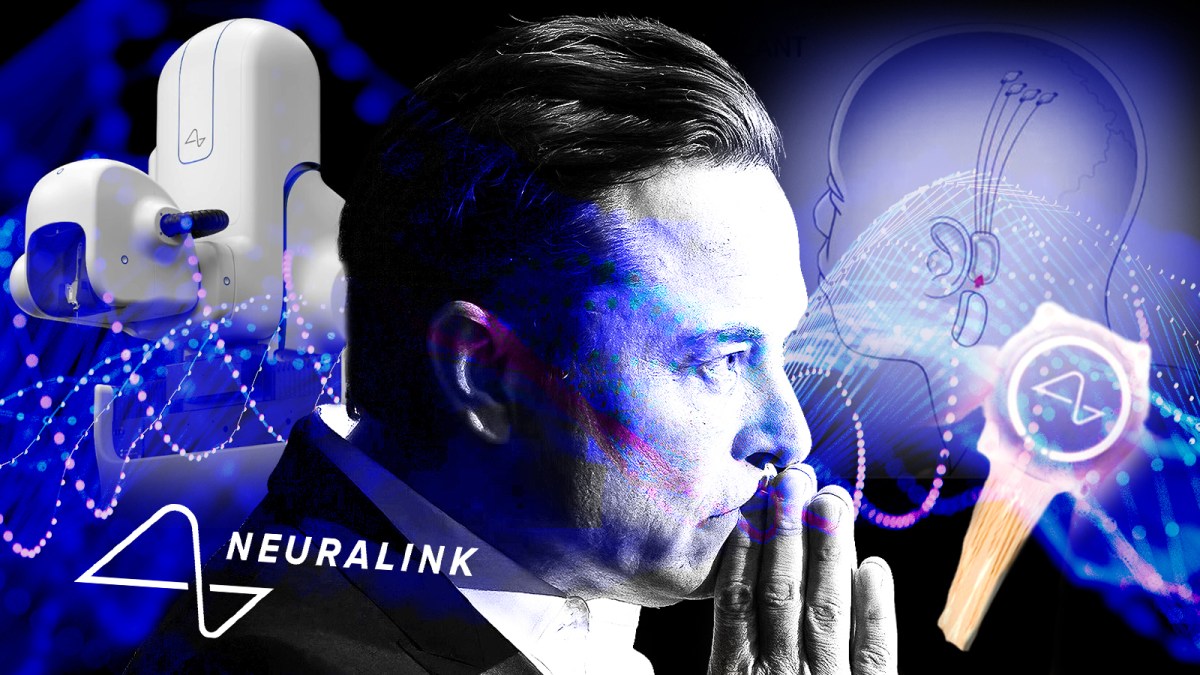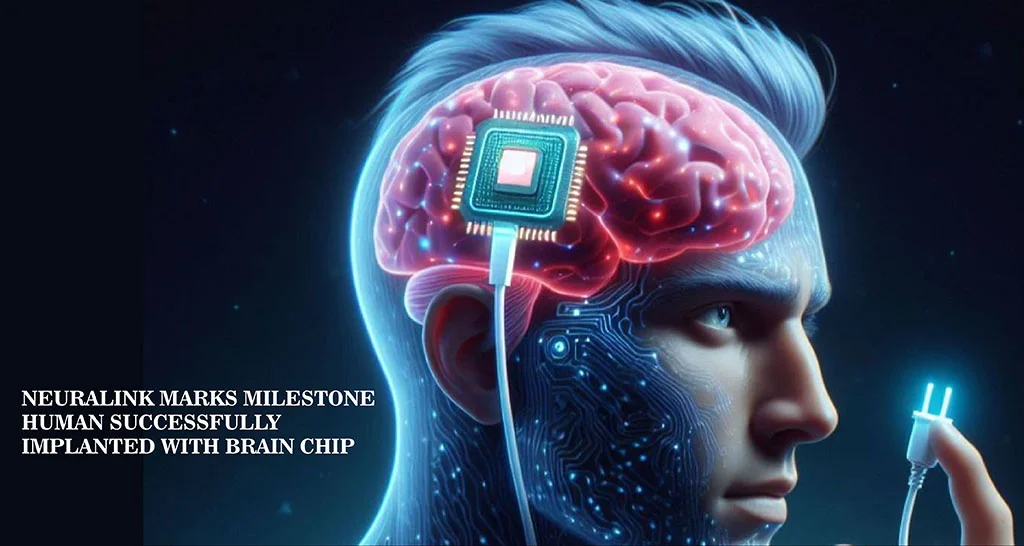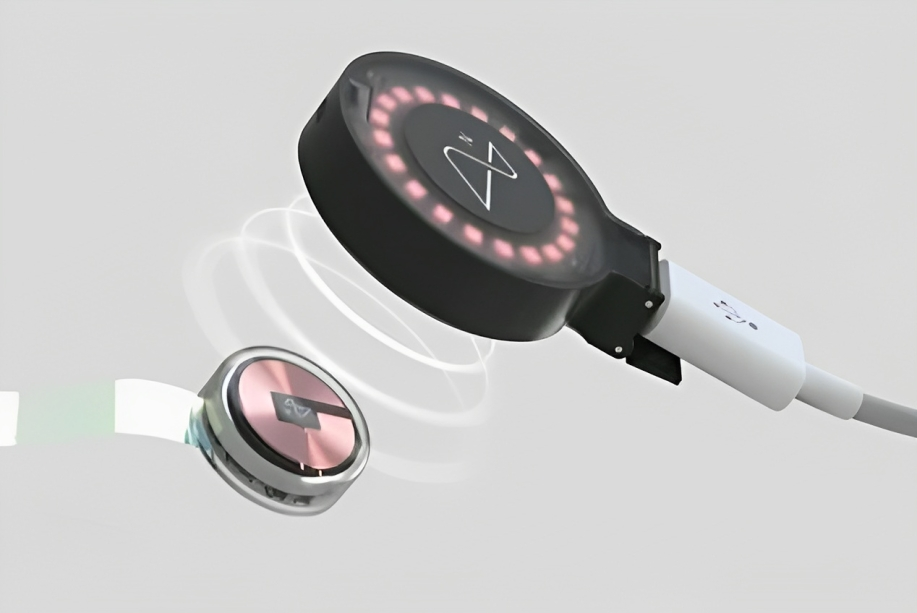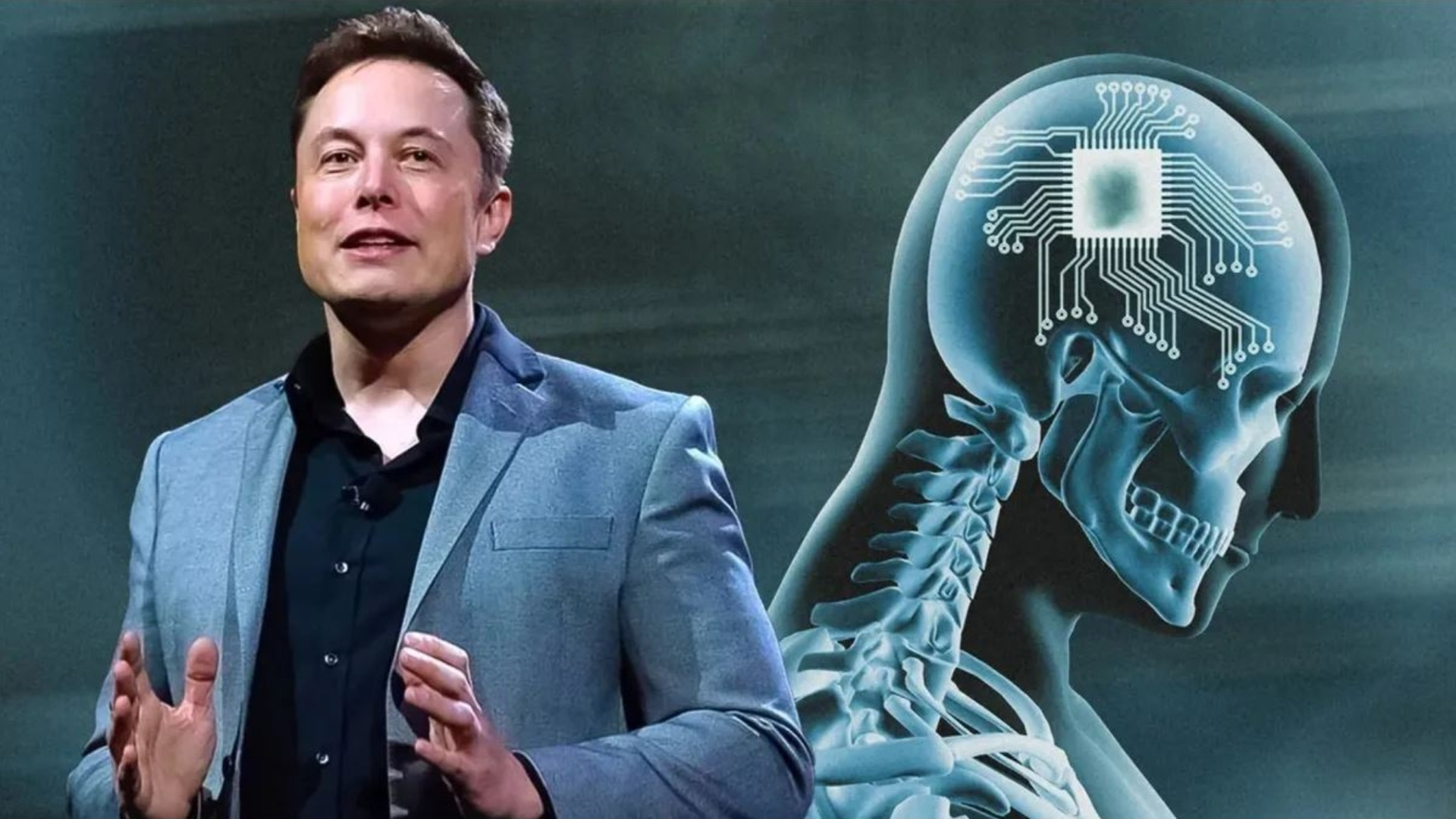From Sci-Fi to Reality: How Neuralink is Making Brain-Computer Interfaces a Practical Technology
 Lakshay Dhoundiyal
Lakshay Dhoundiyal
Within the span of the last few years, Brain-Computer Interfaces (BCI's) have moved from pure science fiction into practical technology, and much of this is due to Neuralink. Founded by Elon Musk and his team, Neuralink is at the absolute forefront of this new revolutionary technology. This blog describes how Neuralink turns speculative ideas into tangible innovations that pave the way for a future in which BCIs are not just feasible but transformative.
Development of Brain–Computer Interface
- The Sci-fi origins
- BCIs have been a part and parcel of science fiction. Movies like The Matrix and Transcendence have featured sophisticated neural interfaces, typically envisioning some future where humans can plug into computers. Though these visions were fanciful, they did prepare a groundwork for research in the real world because of their great visibility.
- Early Developments
- It wasn't until the early 2000s that researchers began to develop very basic BCIs capable of translating brain signals into digital commands. Then-early companies, including BrainGate along with researchers from Brown University demonstrated that it was possible to control robotic arms and computer cursors using neural signals. Those systems were narrow in scope and often required invasive procedures.

Neuralink's Breakthroughs
- The Vision of Neuralink
- Founded in 2016, Neuralink set out to drive BCIs from the domain of academic experiments into use cases with real-world applicability. Elon Musk was reaching for an all-encompassing, high-bandwidth interface that enabled simultaneous read and write activity from and to the brain. That vision has moved the needle on the community's aspirations.
- Milestones Achieved
2019: The initial public Neuralink demo included a prototype with thin, flexible electrodes capable of capturing neural activity with extremely high accuracy.
2020: The company unveiled the "Link," a small implant, coin-sized, inside the skull, communicating the data back to external computers without wires. The truly revolutionary discovery in non-invasive BCI technologies is this device.
2021: Neuralink showed a demonstration of its link implant that monitored and updated real-time neural data from a pig, Gertrude.

Technological Innovations
- The Link Device
The Link device heralds new dimensions of the BCI technology. It is characterized as follows:
- Shape and Size: An implant in the skull of the head similar to a tiny coin with threading much smaller than that of the human hair.
- Reading and Writing Neural signals: The device is a reading-writing tool for the neural signatures. The device writes these signals at the rate of 1,024 channels data which is so amazing that it can detail neural activity.
- Wireless Feature: Operates via Bluetooth communication to other devices.
Meant that there were no bulky wires to connect.
- Advanced Electrode Technology
- Neuralink’s electrodes are designed to be flexible and biocompatible, minimizing damage to brain tissue. The electrodes are made from materials that can endure long-term implantation and provide stable signal transmission. This advancement reduces the risk of inflammation and improves the longevity of the device.

Practical Applications and Future Prospects
Neurological Disorders: Neuralink aims to address issues like Parkinson's, epilepsy, and spinal-cord injuries through the restoration of lost functionalities and providing new treatment possibilities.
Cognitive Enhancement: This will enable memory enhancement and other advanced cognitive functions, thus creating new paths to the treatment of cognitive decline and improvement in learning.
Neuralink's technology enables the potential for a much deeper level of integration between humans and artificial intelligence. Enabling direct communication between the brain and AI systems is how Neuralink envisions a future with greatly enhanced human cognitive capabilities.
Challenges and Considerations
- Ethical and Privacy Concerns
- BCIs raise severe concerns regarding privacy, consent, and security. Guaranteeing that neural data is protected and responsibly used will be very important when this technology becomes wide-scale.
- Technical Challenges
- Though significant progress has been made, several more issues have to be sorted out in the technology. These include its life, accuracy of transmission of data, and health problems caused by long-term implantation.

The fact that Neuralink has come from the realm of science fiction to a workable technology is in itself an accolade to the fast pace of brain-computer interface development. A continuous flow of innovations and a visionary strategy for the future keep Neuralink at a vantage position for big impacts in healthcare, cognitive enhancement, and human-AI integration. Of course, with this developing technology, impending technical and ethical challenges will have to be dealt with if its potential is to be maximally harnessed.
Subscribe to my newsletter
Read articles from Lakshay Dhoundiyal directly inside your inbox. Subscribe to the newsletter, and don't miss out.
Written by

Lakshay Dhoundiyal
Lakshay Dhoundiyal
Being an Electronics graduate and an India Book of Records holder, I bring a unique blend of expertise to the tech realm. My passion lies in full-stack development and ethical hacking, where I continuously strive to innovate and secure digital landscapes. At Hashnode, I aim to share my insights, experiences, and discoveries through tech blogs.